The end of the First World War presented great challenges for the German automotive industry. In the years from 1914 to 1919 hardly any development work had been carried out on civilian products. Economically, the collapse of the currency, the growing number of new automotive companies which had previously operated in the armaments sector, and the loss of important foreign markets had a negative effect.
,xPosition=0,yPosition=0.5)
Daimler-Benz between the wars
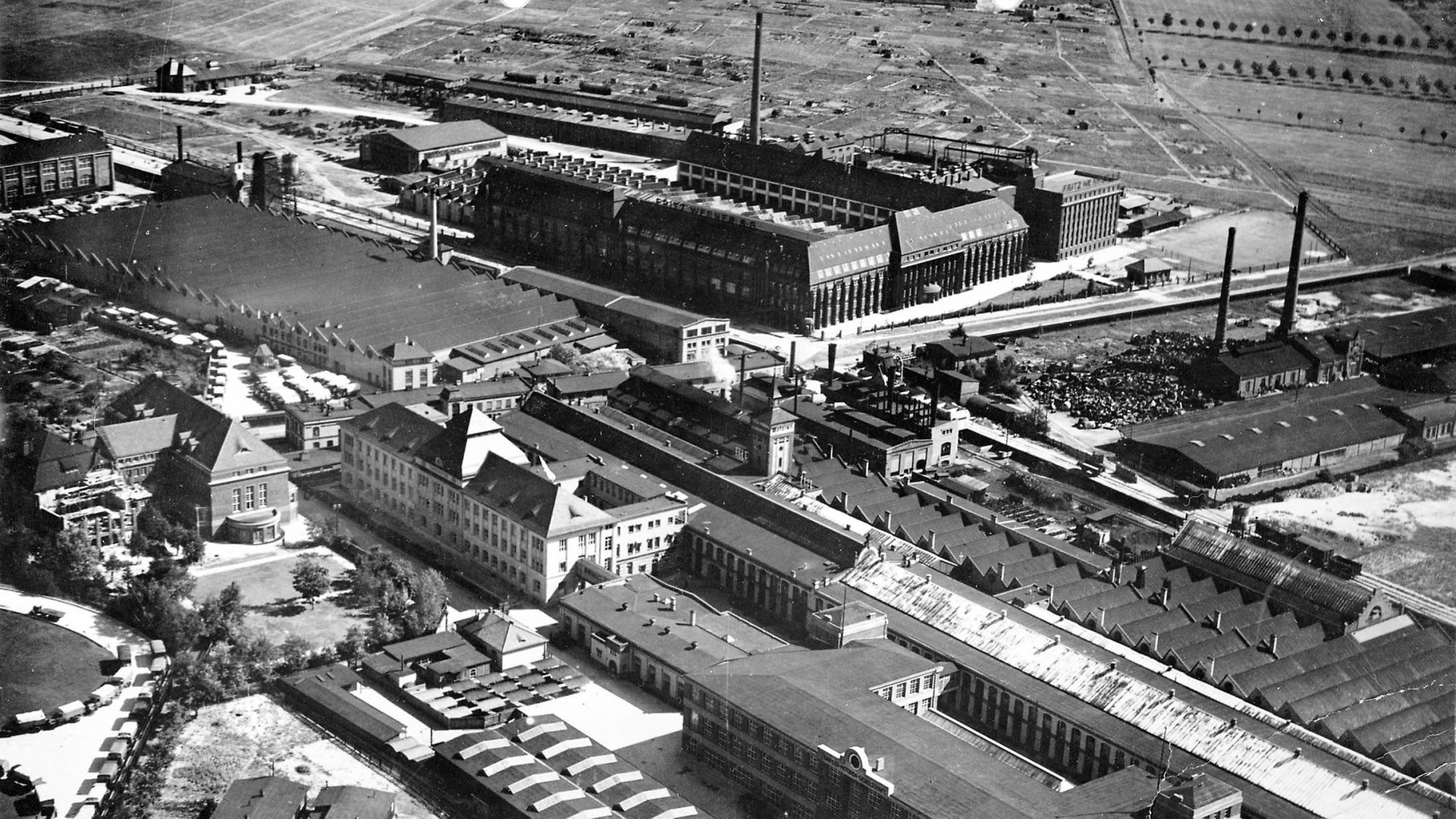
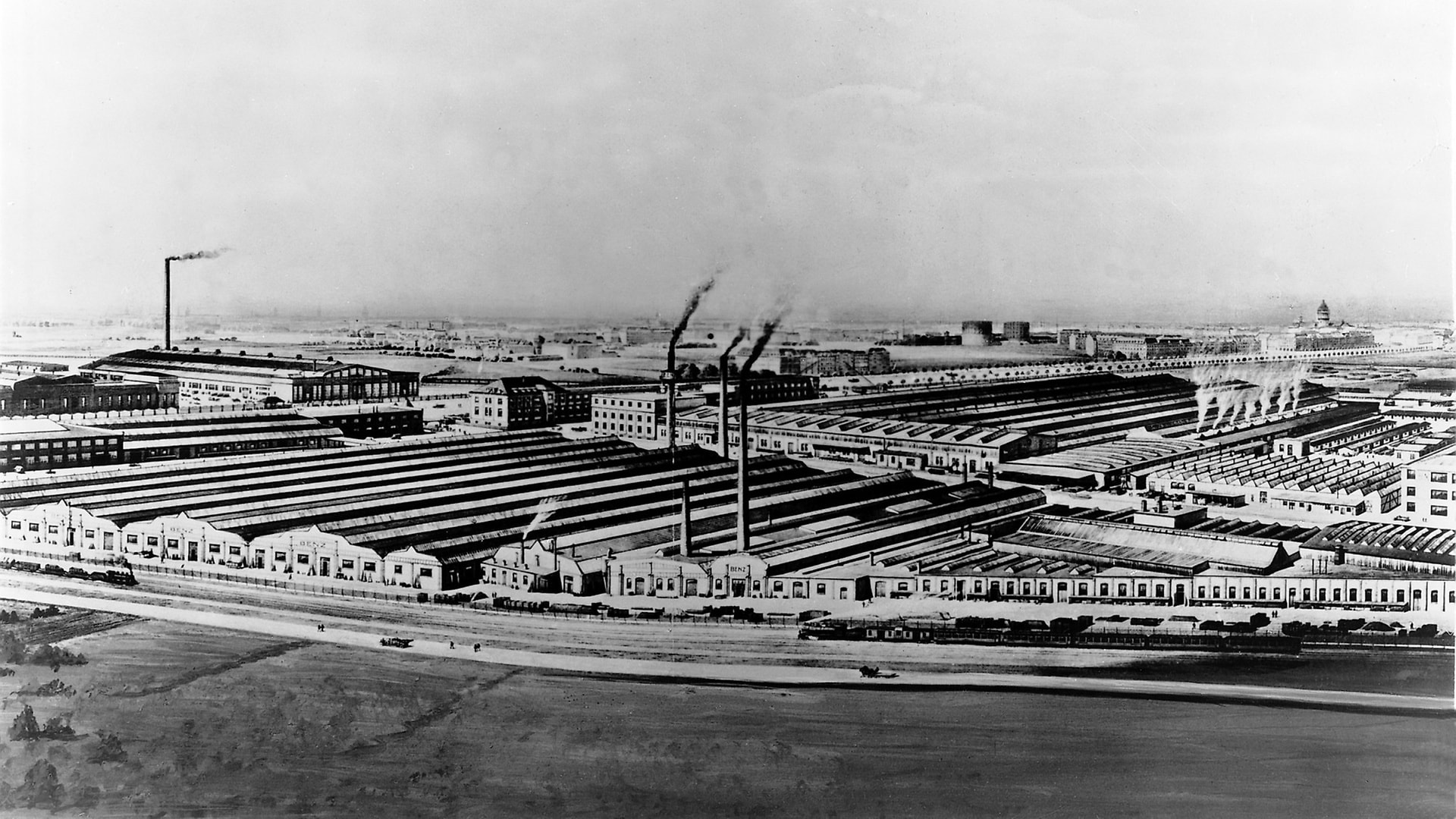

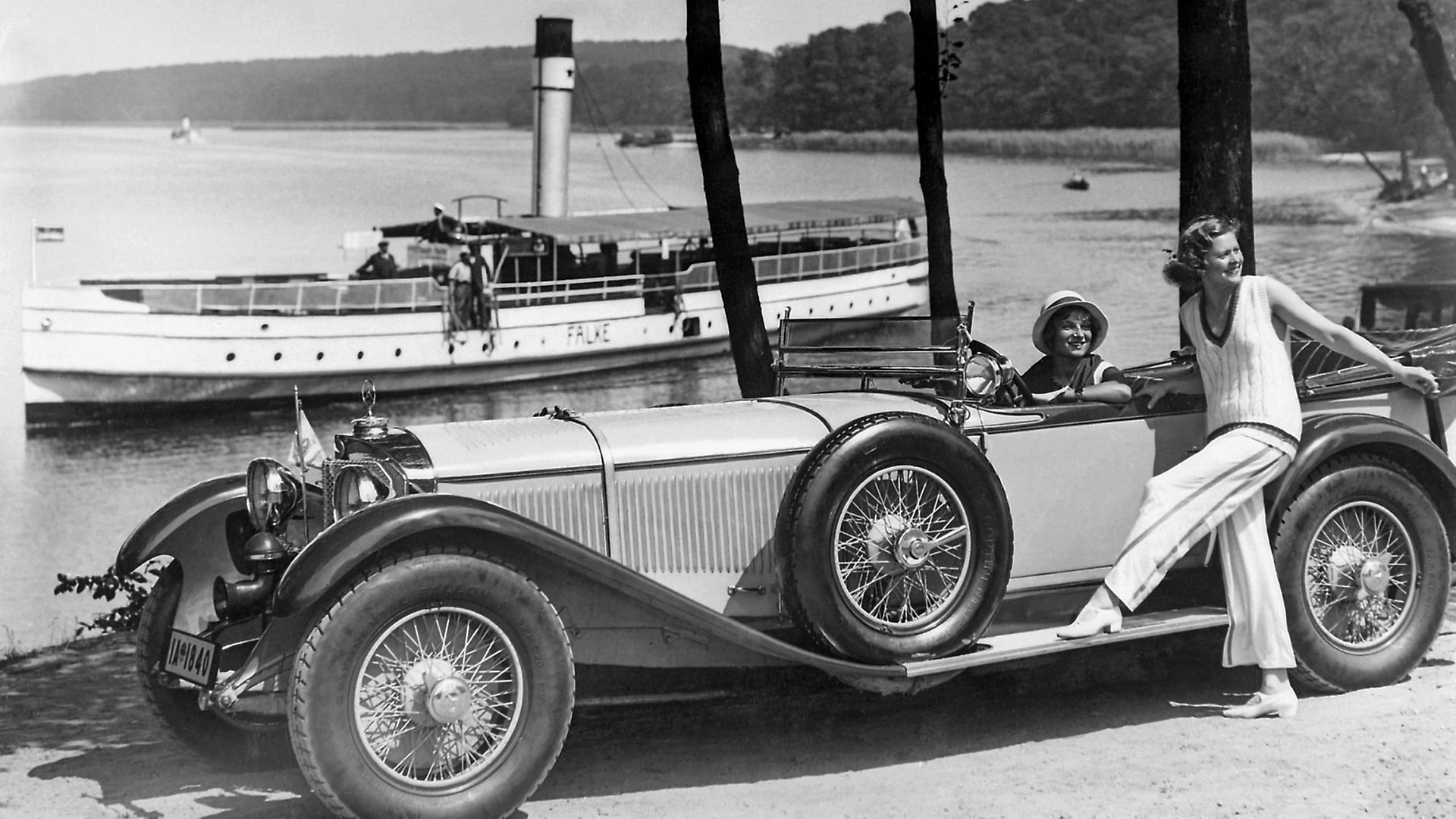

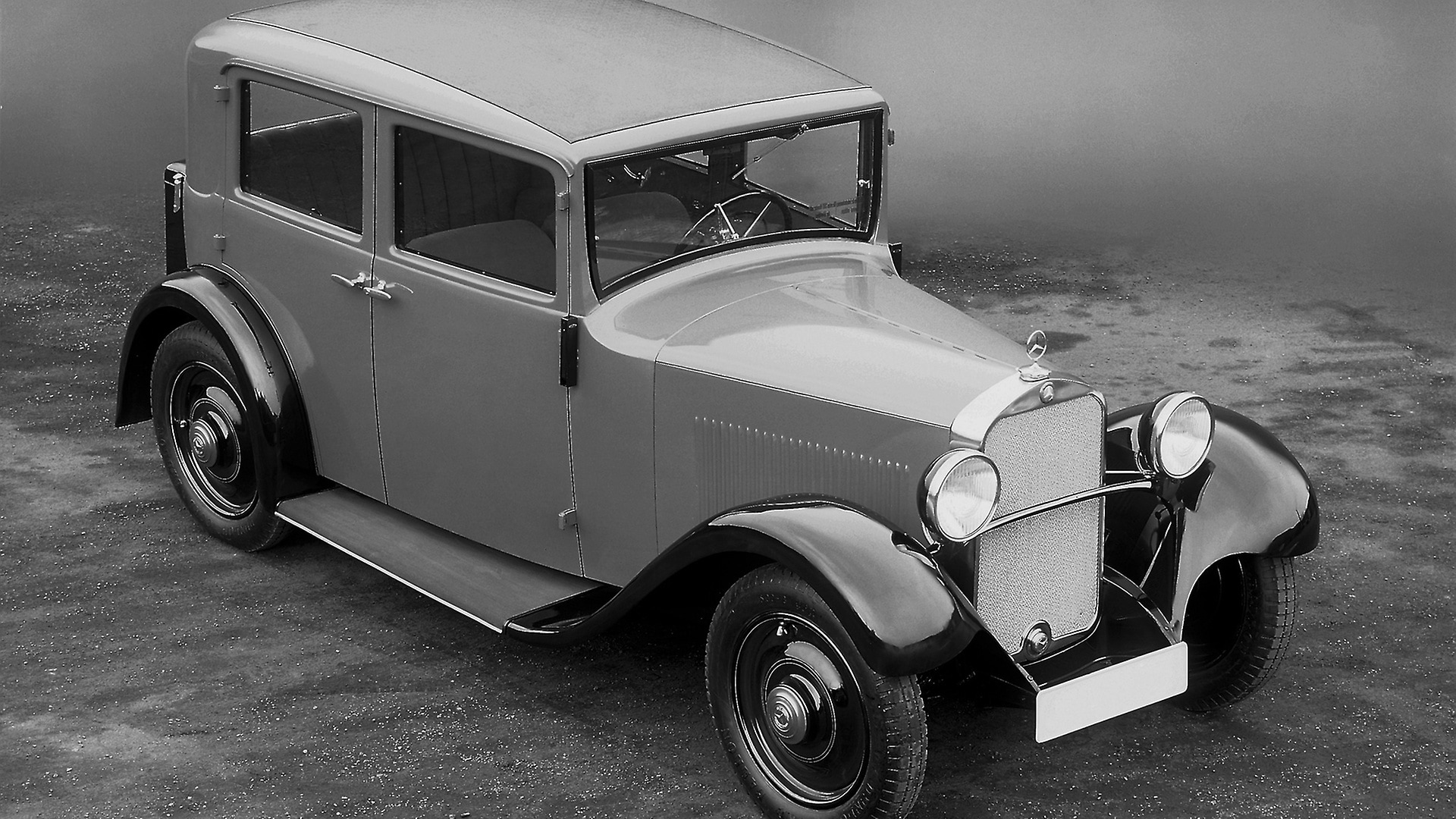
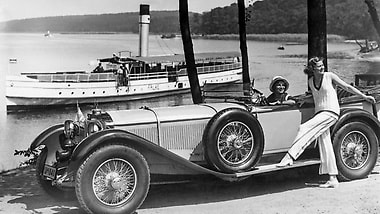
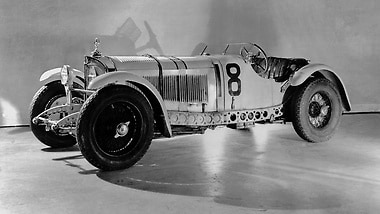
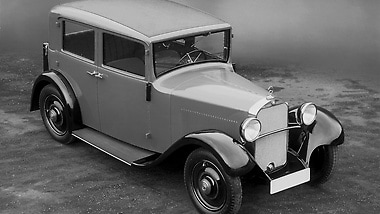
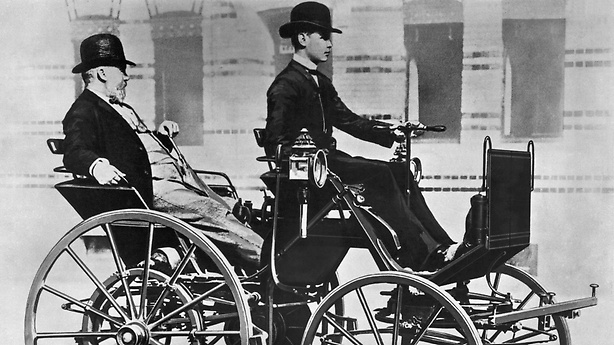,xPosition=0.5,yPosition=0)
,xPosition=0.5,yPosition=0)
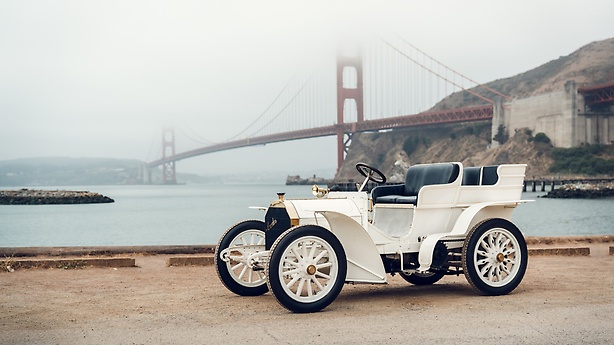,xPosition=0.5,yPosition=0)